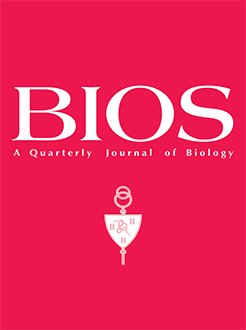In 2018 He Jiankui presented a study where he claimed he successfully used CRISPR to genetically modify a set of twins, intending to provide them with resistance against HIV. Dr. He modified CCR5, C-C chemokine receptor type 5, in two patients which have been given the names “Lulu” and “Nana”. It has not been clinically confirmed that the variants introduced provide a protective effect. Because of the barriers to collecting human clinical data, here we use homology modeling to predict the effects of these proteins. Molecular dynamics simulations are used to compare these new variants to known variants using 3D protein models produced from predicted translations. This allows us to follow and compare the individual amino acid movement of the variants within a simulated aqueous environment over time. The simulations of the novel variants in twins Lulu and Nana showed differences in the amino acid residue movement of the protein over a 20-nanosecond interval when compared with known variants. This allows us to determine the stability of the protein by following the way the amino acids within the protein move in the simulated aqueous environment. Stability and amino acid movement affects the regulation and expression of the protein and can be altered when specific amino acids are targeted. The differences in the model simulations presented here suggest potential changes in functionality or stability.
How to translate text using browser tools
6 June 2023
Using molecular dynamics simulations to show differences of movement over time in the CCR5 variants of genetically edited children
Caitlin Turner,
Sara Cline,
Jeremy Prokop
ACCESS THE FULL ARTICLE

BIOS
Vol. 94 • No. 2
June 2023
Vol. 94 • No. 2
June 2023
Cas9
cross-correlation matrices
human genome editing
Δ32




